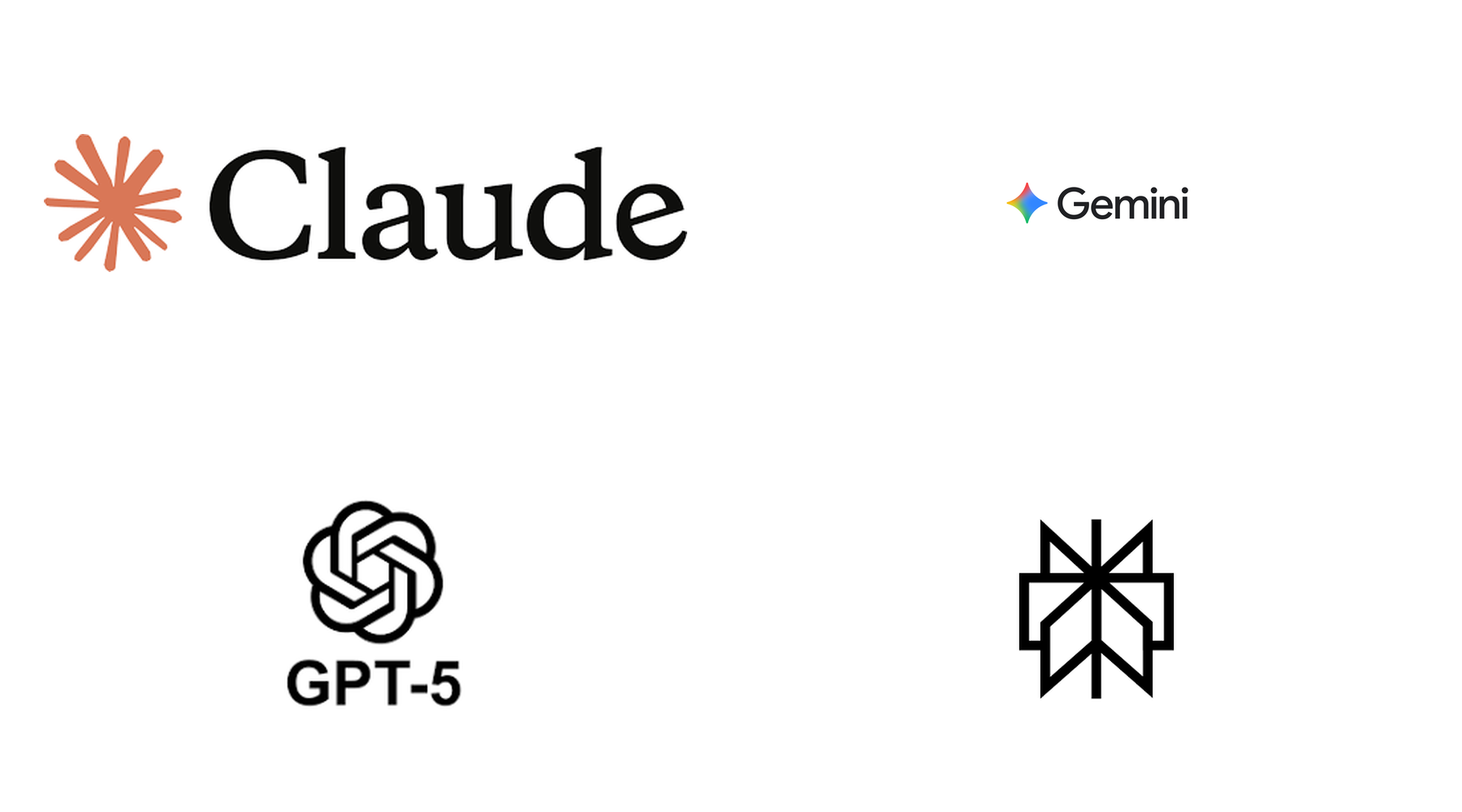News - Digital/Tech
Four tactics to help Middle East marketers weather the tough times of 2023
by Paul Wright
March 22, 2023
.jpg) Advertisement
AdvertisementThrough the first quarter of 2023, it’s evident that Middle East marketers are once again being challenged to do more-with-less. More revenue, please. More customers, more engagement, more ROI. But deliver with less staff, less budget, and less equipment. App marketers have had to pivot from the flamboyant campaigns of yesteryear to the targeted hit-and-runs that engender massive engagement spikes with barely a penny spent.
The UAE digital advertising market is an estimated billion-dollar (US$1.04 billion) segment. But banner advertising continues to take the top spot in revenue distribution (just over 40%). Mobile is projected to take until 2027 to grab a 45% share. Projections like these reflect the squeeze marketers face. Mobile spending is slowing. However, demands are not
Meanwhile, we see global consumer in-app spend dropping in late 2022. So, the marketing team must play a savvy game of focusing on core audiences and targeting the budget they have left on only those channels that generate provable value.
Here are four tactics the most effective teams will employ.
1. User first
To target their core audiences, campaigners must know their core audiences. Granular personality profiles that go beyond simple demographics to capture preferences, goals and pain points must be combined with a range of other data sources to gain the best possible insights.
This modelling must be updated because profiles evolve with apps. A cycle of customer feedback informing the next iteration of an app leading to more feedback, is a valuable asset. Gathering data from customers can lead to adding extra value for them. An education app could have push notifications reminding users to stay on top of their courses. Content-streamers could ensure only the most relevant offerings are on screen. Individualised experiences are a big draw for today’s consumers.
2. Cross-channel
As in oil-rich economies, so in mobile advertising — diversification is key. App marketers can reach campaign targets more effectively by meeting them where they are — the app, email, a social media site. And new channels bring new opportunities. TikTok is a rising star, given its sizeable monthly engagement figures and remains a cheaper option. The dual advantages of less costs and growing popularity mean that, for the time being at least, TikTok offers a great option for doing more with less.
It is always worth exploring other channels, especially if they are new to the ecosystem. By figuring out how they work, and how they can be combined with others, marketers can expand their customer meeting points and boost engagement along the funnel, boosting instals, use rates, retention rates, and…
3. Ambassadorship
They say there’s no such thing as a free lunch. But what about free advertising? There are ways. If you can convince a journalist to write your brand story, for example. But with the right cross-channel strategy, where app providers have struck the balance between promotion and value-add, they can extend their promotion engine by building a fanbase.
With the right content strategy, marketers can align with audience interests to such a degree that they convert them to brand ambassadors. Health apps can share supplementary content on social sites; games can offer leader boards and competitions; F&B apps can offer recipes; clothiers can offer style tips — the list goes on. Gradually, a community emerges that encourages friends and family to join. Word of mouth from a trusted source is gold in the commercial world. What we see here is an extraordinary (and near ideal) example of more-with-less actualisation. Acquisition, retention, and loyalty are not only generated; they become self-sustaining.
4. (Affordable) AI
While AI’s price tag can be off-putting when marketers approach it from the point of view of platform procurement, it becomes considerably more affordable when they look to popular tools that have economies of scale permitting affordable subscriptions. ChatGPT, for example, has enormous potential to produce content at scale, alleviating labour strain and freeing up marketers for more strategic pursuits. And while the solution’s creator, OpenAI, has recently announced a subscription option for a premium version of the tool, the minimal outlay (US$20) still puts Chat GPT squarely in the more-with-less column.
Assisted content production from a minimal input of parameters opens the door to the creation and/or enhancement of campaign messages, social posts, email blasts, and a range of others. ChatGPT can even help with visibility and install volumes (app store optimization, or ASO) by automatically generating combinations of metadata such as app name, subtitle, description, and keywords that are optimised for discovery. And remember that the bot is not just a writer, it is a reader. So, it can trawl thousands of feeds to evaluate user feedback rapidly and accurately. ChatGPT is capable of identifying recurring themes in a fraction of the time it would take human teams to do so. This delivers insights on the app’s flaws, as they appear to end users, but it can also give insights on competitors and the flaws and benefits of their apps.
Market favourite
Fiscal caution may prevail for some time. The UAE weathered many storms to get where it is today, many of them in recent years. There is an understandable tendency to walk softly and put the onus of performance on business functions rather than investments. Public messaging is the quintessential differentiator. So, we must expect all eyes to be on the marketing team to stoke the fires of revenue generation until the bunker mentality abates. Smarter spending approaches such as those outlined here can allow marketers to be the heroes of the enterprise. If they learn more about customers and cater to the things they value through the conduits they favour, this is a sustainable strategy that will allow the business to outmanoeuvre the budget pinch and become a favourite in the market.



.jpg)










